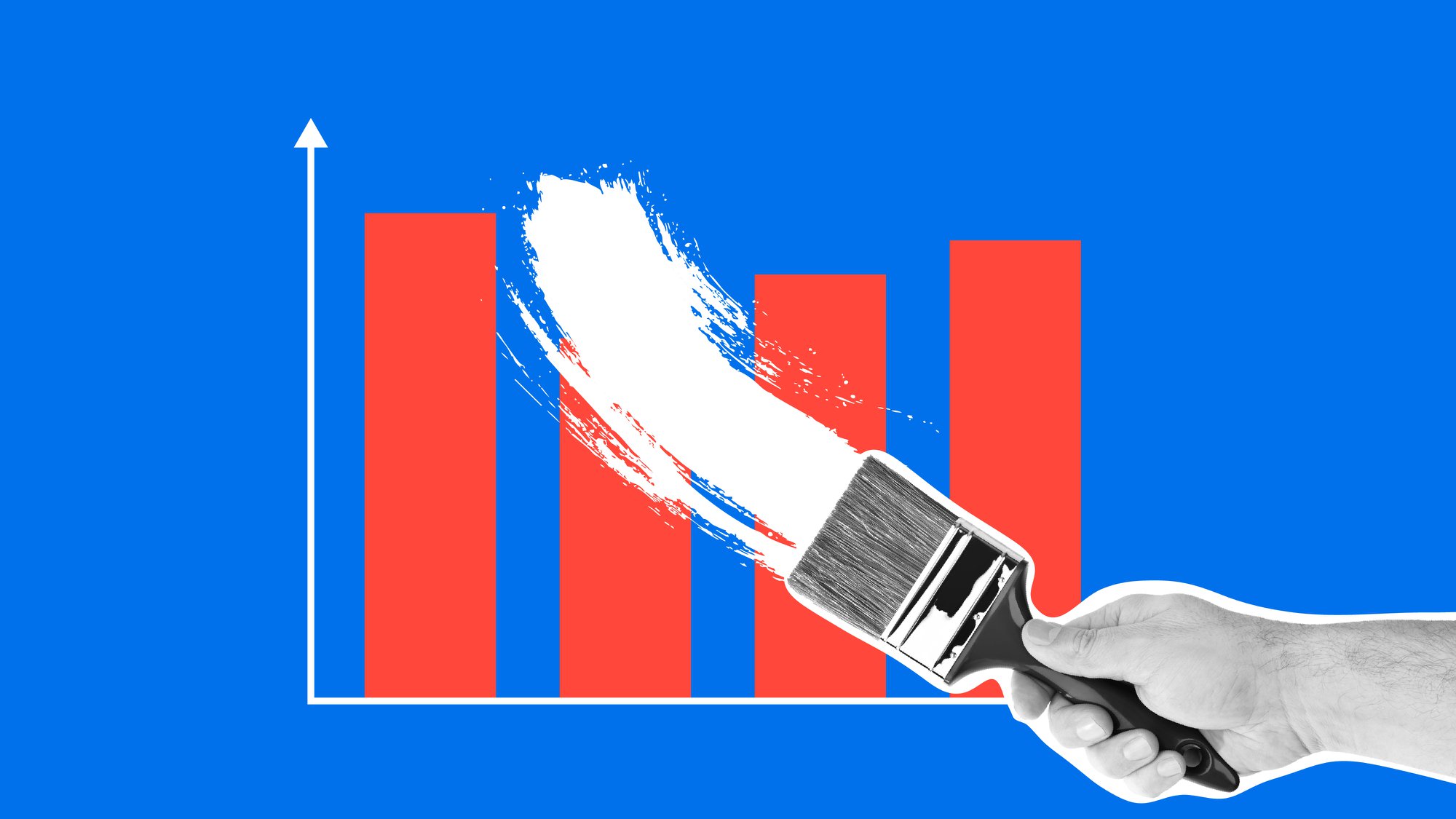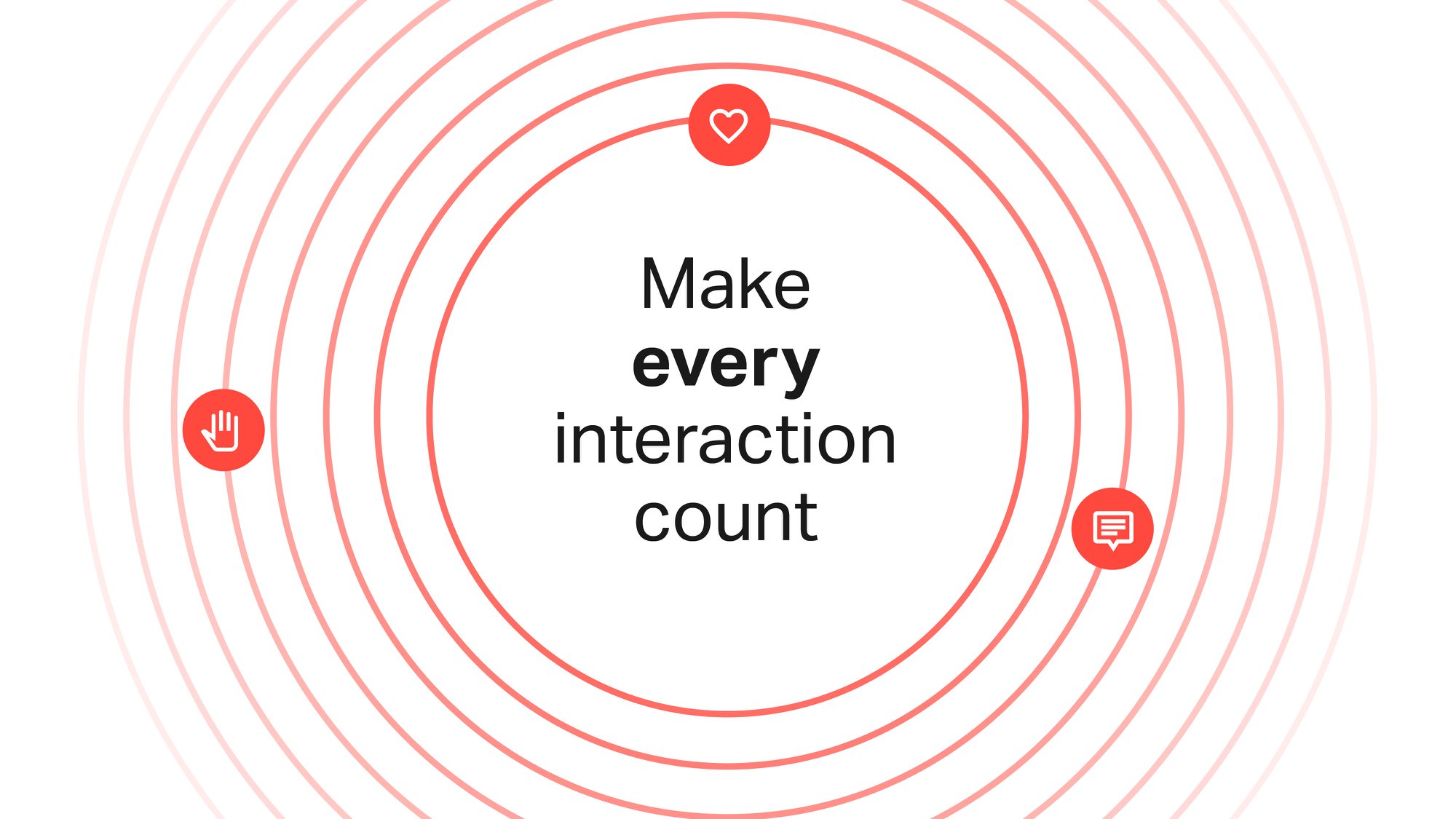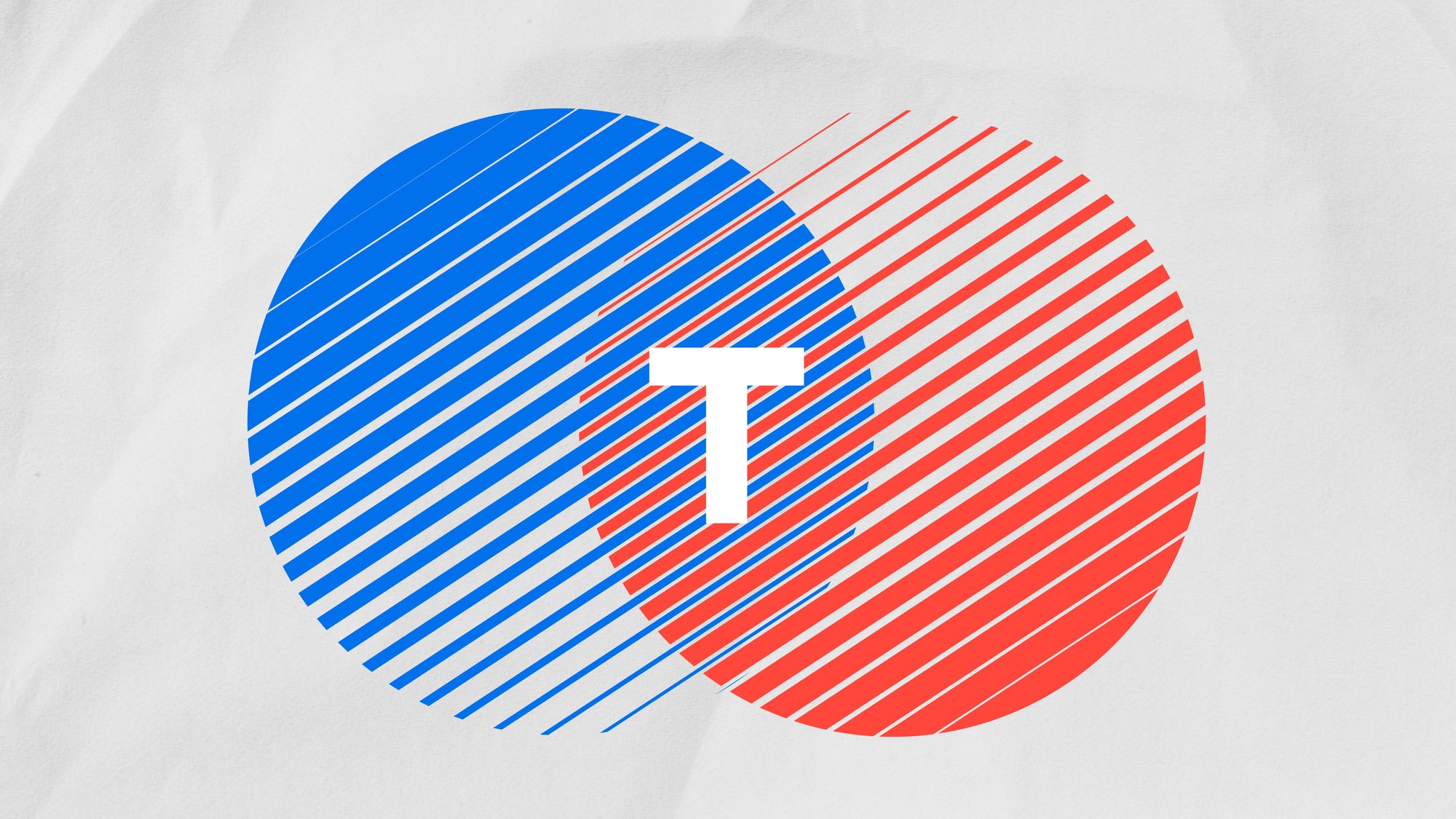Delivering brand value: The interconnectivity of critical and creative thinking

Many people starting a career in brand consulting, advertising or communications fall victim to a common misconception – that work is delivered by two types of people: your creative types and your critical thinkers.
This perception is further reinforced by the traditional make-up of agencies. On one side, you have your designated strategy team. And on the other are the creatives. Each owning different parts of a linear delivery chain: strategists own the research and insight generation. Creatives own the expression and the output.
Importantly, this kind of binary thinking isn’t unique to our sector. In fact, it’s embedded in our cultural narrative for decades – hearts and minds, head and heart.
Moreover, contemporary psychology and behavioural science continue to validate this divide. The theory of left brain versus right brain thinking, popularised in the 1980s, still holds sway today. At its core, the idea is that depending on which cerebral hemisphere is dominant, a person is either led by logical analysis or creative intuition.
More recently – Daniel Kahneman’s Thinking, Fast and Slow outlines how humans were governed by two systems of thought: fast and intuitive (system 1) and slow and analytical (system 2).
At the Team, we celebrate our “collective of critical and creative thinkers”.
Crucially, we don’t mean that we partner critical thinkers with creative minds. We mean that all of us at the Team apply blended, synchronous strategic and creative thinking.
And it’s this union that helps us deliver value to our clients.
Navigating the complex world of brand

As a brand consultancy, we’re in the business of value creation. We leverage brand as a lever to recover, grow and sustain commercial performance for our clients.
It’s encouraging that general literacy around brand strategy, particularly its commercial impact, has improved in recent years. A 2024 Interbrand-Newton X survey reported that 76% of investment analysts and journalists agreed that brand strategy has a moderate to large impact on changes to price-to-earnings (P/E) ratios.
Yet, that same survey revealed that over 50% of S&P 500 companies didn’t believe that investors and analysts had a full understanding of their brand positioning. This disconnect between commercial recognition and practical understanding of brand strategy chimes with my own experiences within the sector.
However, while it’s hard to identify the leading cause of this common predicament, there are two underlying trends:
- Brand is too often confined to brand expression – how a business looks and communicates on key customer channels.
- Moreover, brand continues to be a badly communicated concept – it’s understood by brand and marketing professionals but it’s unclear to other specialist teams within a business.
The truth is brand is a complex and somewhat nebulous concept.
At it’s core, your brand is the cumulative result of how your stakeholders (internal and external) perceive your business across all business touchpoints – from your website to your product design, your customer service channels to your sustainability strategy.
This is why brilliant businesses with brilliant employees engage a brand consulting partner.
It requires an external, clinical perspective to capture how all these separate DNA strands (customer touchpoints) of a business come together, coherently and impactfully.
Critical and creative thinking in practice

At The Team, our proprietary Brand Value Model TM constructs this critical common thread by building a framework to define how different components of a brand work synchronously to create value for the customer.
Our brand model defines how a business:
- Adds value – captured in its customer promise and purpose.
- Delivers value – captured in its values and behaviours.
- Realises value – captured in its products, service and capabilities.
- Presents value – captured in its brand expression.
And importantly, each section within a brand value model must complement and align with one another.
And across everything, creativity and strategy interconnect.
At a functional level:
- The strategy informs the creative expression.
- The creative expression realises the strategy.
All have been shaped by the same human insights and are working towards a shared commercial objective.
At a cognitive level:
- Strategists need to be creative: employing novel, dynamic and emotionally intuitive approaches to design the solution.
- Creatives apply strategic thinking by grounding their ideas in insight, working methodically, and considering the long-term practical impact of their solutions.
The build of an effective brand value model necessitates blended critical and creative thinking. Binary, siloed thinking does not effectively deliver brand value.
Bringing together this powerful blend of divergent thinking (creative ideas) and convergent thinking (critical evaluation) creates unique, evidenced, and effective outcomes that ultimately lead to greater brand value.
Sally Tarbit, Head of Brand Activation
By leveraging critical thinking, we can position ideas in a way that resonates with our clients, the stakeholders they are answerable to and most importantly, enabling them to champion these ideas within the worlds in which they operate.
Ryan Miller, Design Director
Our job is to harness the power of our rational brains and supercharge it with creative expression. That’s how we create ideas where the beauty of art collides with the clarity of evidence.
Cliff Ettridge, Head of Employee Engagement and Employer Brand
In conclusion
Despite their monikers, strategists must think creatively, and creatives must think strategically. As must our project managers, account managers and behavioural scientists.
This blended way of thinking is in-built into our people, processes and client solutions.




